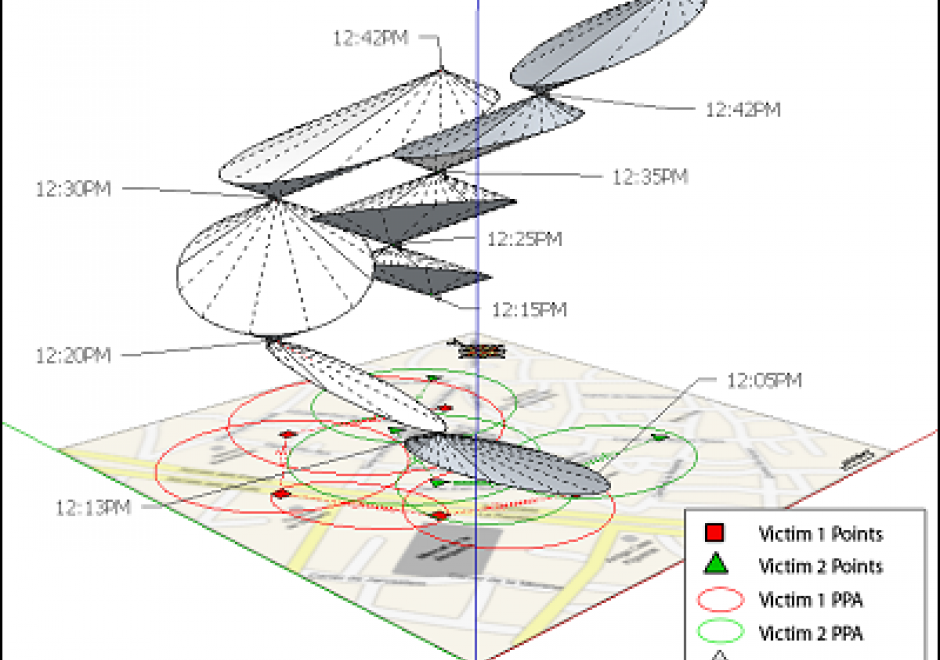DA-13 - GIS&T in Criminal Justice and Law Enforcement

Linking crime and place has been the objective of crime mapping since the early nineteenth century. Contemporary scholars have since investigated spatio-temporal crime patterns to explain why crime concentrates in certain places during certain times. Collectively, this body of research has identified various environmental and situational factors that contribute to the formation of crime hot spots and spawned widespread crime prevention and reduction strategies commonly referred to as place-based policing. Environmental criminology guides the bulk of this crime-and-place research and provides a means for interpreting place and crime. The chapter details theories behind place-based policing, examples of place-based policing strategies that leverage geographic information science and its associated technologies (GIS&T), and relevant data visualization tools used by law enforcement to implement place-based strategies to address crime.


GS-27 - GIS&T for Equity and Social Justice
A geographic information system (GIS) can be used effectively for activities, programs, and analyses focused on equity and social justice (ESJ). Many types of inequities exist in society, but race and space are key predictors of inequity. A key concept of social justice is that any person born into society, no matter where they were born or live, will have an equitable opportunity to achieve successful life outcomes and to thrive. Geographic information science and its technologies (GIS&T) provide powerful tools to analyze equity and social justice issues and help government agencies apply an equity lens to every aspect of their administration. Given the reliance on spatial data to represent and analyze matters of ESJ, the use of these tools is necessary, logical, and appropriate. Some types of analyses and mapping commonly used with ESJ programs require careful attention to how data are combined and represented, risking misleading or false conclusions otherwise. Such outcomes could build mistrust when trust is most needed. A GIS-supported lifecycle for ESJ is presented that includes stages of exploratory issue analysis, community feedback, pro-equity programs analysis, management monitoring and stakeholder awareness, program performance metrics, and effectiveness analysis.